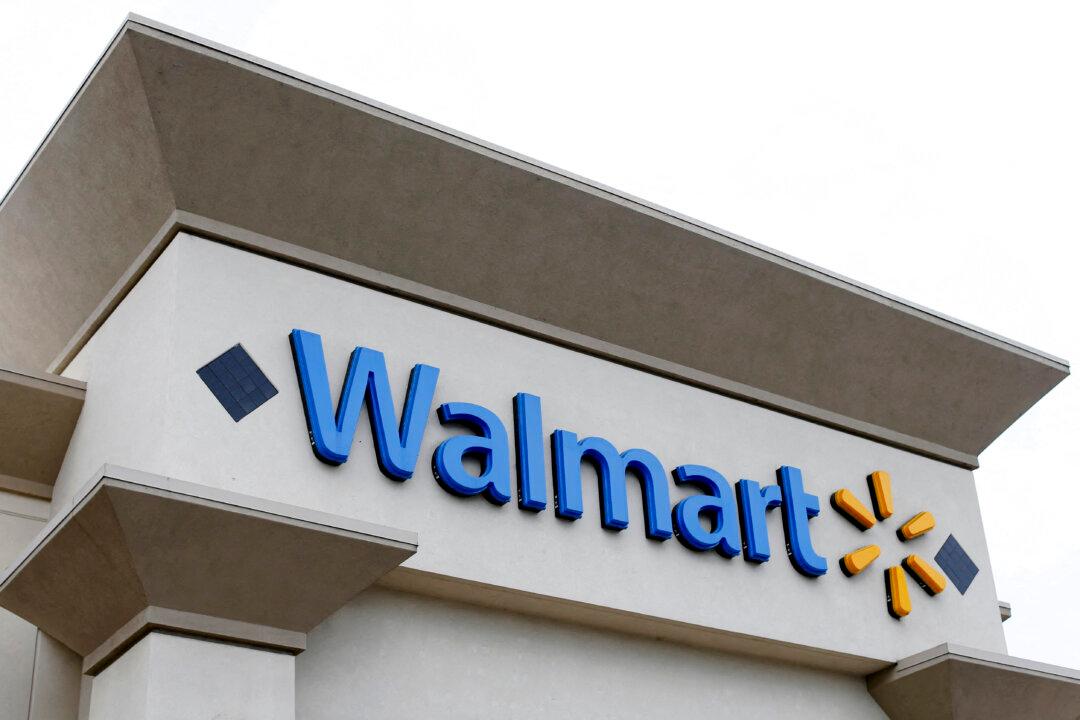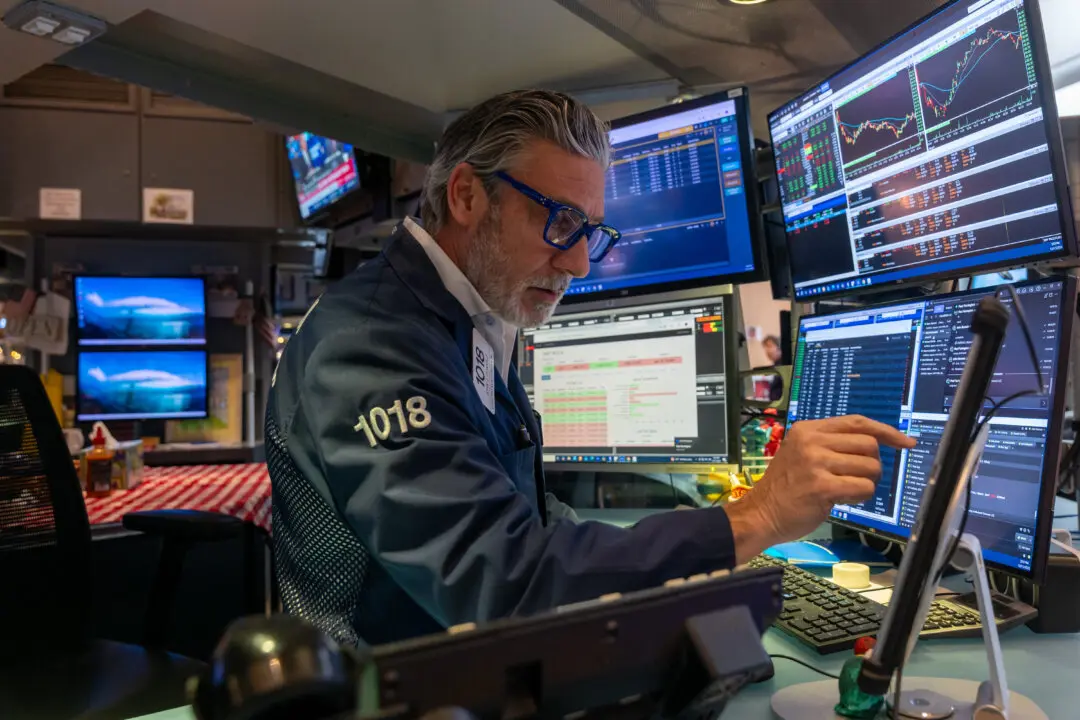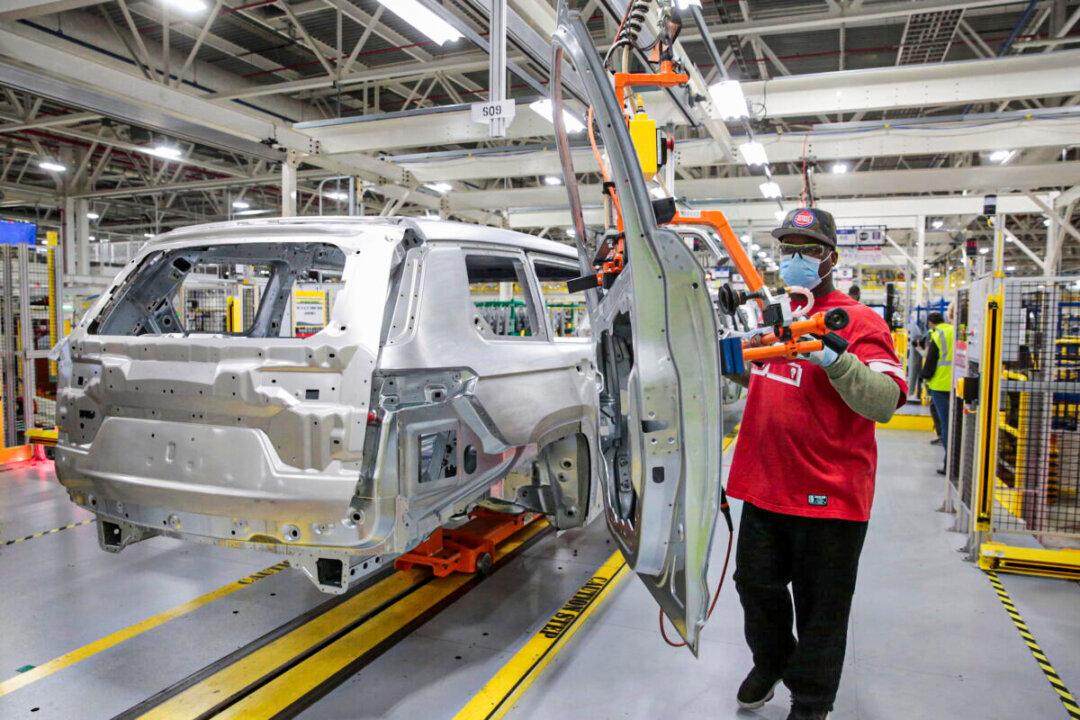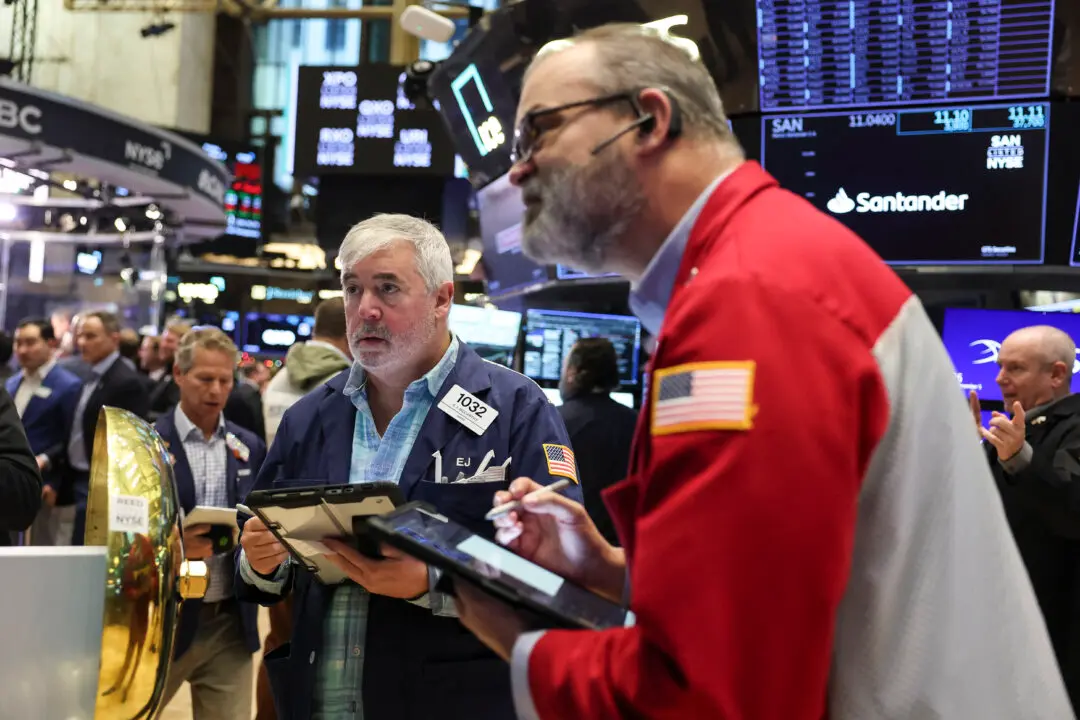News Analysis
Walmart’s sales and earnings rose in the first quarter of fiscal year 2026 due to the convergence of different sales channels and better capital deployment to higher-margin businesses. However, the company says it will raise prices because of tariffs, reversing its previous policy of focusing on market share rather than profitability.





